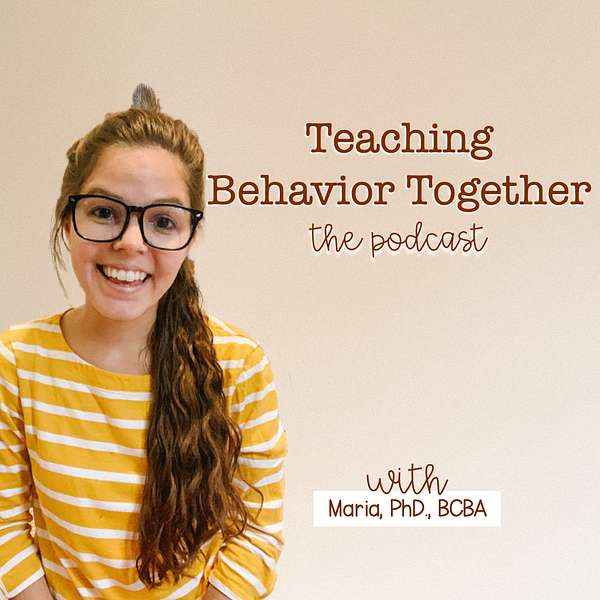
The Teaching Behavior Together Podcast
The Teaching Behavior Together Podcast
Do Clip Up Clip Down Charts Work?
Clip Up Clip Down Charts...I am sure you have seen them, usually they are colored charts within the classroom and students move up and down these charts based on the level of their behavior each day. Usually students start in the green zone or ready to learn and then move up based on appropriate behavior or move down based on inappropriate behavior.
I do not recommend these for use within the classroom setting. Additionally, in terms of classroom management I do not recommend writing students names on the board if they are engaging inappropriate behavior or denoting publicly that students are presenting with challenging behavior.
I do not recommend these types of interventions for several reasons, one of which being that I focus on interventions that teach students skills. If we are engaging in some type of intervention within the classroom my focus is always on how is this building a skill and increasing independence. I am making this general statement knowing I am painting broad strokes in terms of the traditional way these are used in that if a student engages in appropriate behavior they move up and if they do not the move down. Moving down typically involves a consequence like a call home or time outside of the classroom (either of these options do not usually focus on teaching a skill).
For example, if I recommend to a teacher to use a visual schedule with a student, this increase independence, creates predictability, and provides structure which can be really great tools for a student. Therefore, I recommend this intervention.
Now that we know I do not recommend these, what interventions do I recommend?
Well, since for the most part these types of interventions are whole group interventions, here are few whole group interventions I think are very beneficial to the classroom setting:
Building classroom community, nothing will ever replace a strong classroom community. I have talked about this program before, but I believe the Actively Caring for People Program is a great program to provide structure and supports if you are looking for more resources about building community in your classroom.
I also recommend group contingencies. Group contingencies are a fancy way of saying group rewards. In the field of ABA we have three different types of group contingencies we typically talk about: independent, dependent, and interdependent.
For each of these group contingencies the same expectations are set for all of the students and there is access to available backup reinforcers based on certain criteria of engagement with appropriate behavior. The expectations should be on building skills and increasing independence and creating a positive classroom community. Additionally, the consequence for not engaging in the expectations should focus on targeted skill building based on data collected and lagging skills. In this way group contingencies pass my standard of increasing skills and independence.
Independent Group Contingency. For the independent group contingency all of the students can earn praise, points, tickets, whatever it might be based on engagement with the classroom expectations. Usually these function best on intermittent schedules of reinforcement in that you are not providing reinforcement for each instance of a behavior, but whenever you see them engaging that behavior. It would be impossible for teacher to catch every instance of appropriate behavior for every student in their classroom, therefore, this is the best way to use this group contingency. Whenever the teacher decides, at the end of the week, month, whatever it might be
Resources Discussed in this Episode:
Free Behavior Intervention Guide
Follow me on Instagram